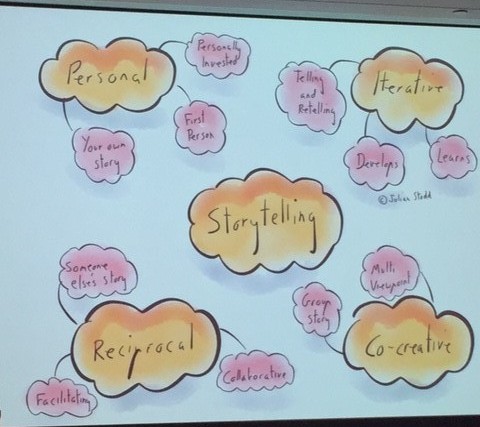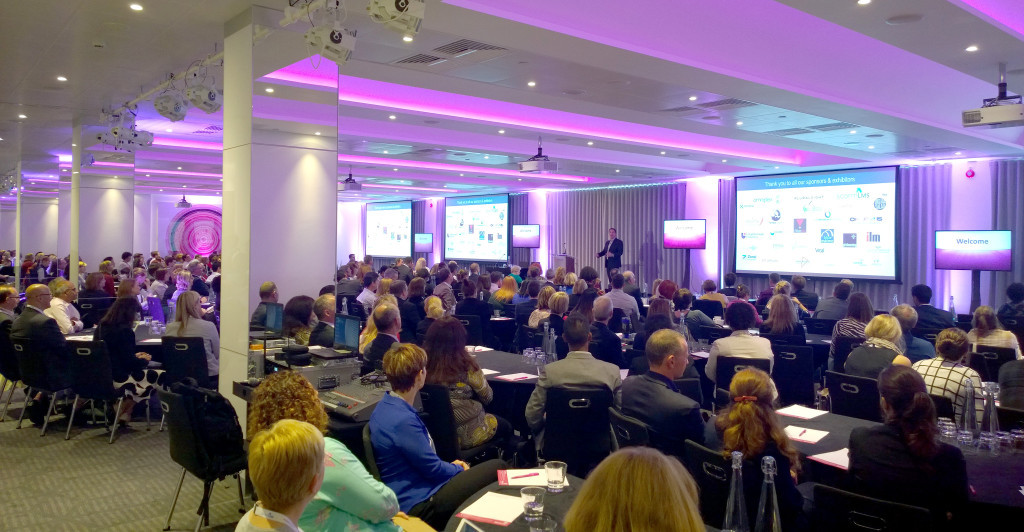Our training team returned from Learning Live (the Institute of Learning and Performance’s annual learning conference in London) fuelled with new ideas!
Over the course of two days of seminars with Learning and Development leaders from all over Europe, we explored new and innovative ways to enable successful Learning and Development implementations whilst re-enforcing that the way we deliver training is absolutely aligned to modern best practice – which is great validation indeed!
We’d like to share some key points from these sessions to help you to ensure that you are delivering the best experience for your teams as well…
One learning method does not meet all training needs!
A common theme throughout the sessions was the opinion that a Learning and Development solution cannot be successful in the long term if approached in only one way. This is not new, nor is it revolutionary however when we undertake learning strategy sessions we often discover that many companies fail at delivering effective learning by only approaching training in one way – how often do we hear:
“Due to budget and time constraints, all training is now on our Learning Management System though e-learning”
Don’t get us wrong, e-learning is a fantastic way to learn but:
- e-learning needs to be used at the right time;
- e-learning needs to be used for the right reasons; and
- e-learning has to be evaluated, reviewed and refreshed as the company evolves and changes.
Building and deploying an e-learning portal with no content management strategy or continuous improvement strategy will only deliver a way of working at a point in time and will no doubt stagnate and be out of date by the time it makes it through the publishing hurdles…
Blending is best!
“So, if delivering a one training method solution isn’t working, then what is?”
As we heard from the experts at Learning Live, the consensus is that a blended approach to learning best meets the requirements of thousands of companies and their staff. It’s not a new concept (as we are sure you know only too well) – but it works.
“Formal training whether e-learning, classroom training, mobile or online learning, needs to be mixed with informal training e.g. peer to peer coaching, mentoring or social learning”
JIT… Just in Time
As well as being blended, effective blended learning needs to be available to people as they need it, i.e. “Just In Time”. Training that is delivered at the point of being needed – often in bite-size training sessions – this has been proven to aid learners to retain information and have it to hand just when required.
As users we expect information to be available immediately – there at the point when we need it. In our personal lives we Google what we need and get what we need. Why should this be any different in the work place?
One of the latest trends in transferring relevant information quickly and at the “point of need” is by using “i-beacons”, devices that can deliver information to your mobile device. It may be a “fashionable” technology however it is an interesting look at how technology can enhance the traditional learning experience.
How do we personalise learning for a global solution?
Lisa Minogue-White’s session discussed how to make one set of learning content fit a global audience and the challenges around this for Learning and Development departments. Obviously, in the Channel Islands we often work with International Organisations that have just this challenge so this was a really useful session for us to refresh and validate that our approach works.
As users we want our content to be tailored, timely and the best fit to organisational needs but also relevant to us – when dealing with different cultures, working practices and behaviours this becomes interesting – how to incorporate and nurture culture whilst ensuring compliance in the work we undertake? How can we achieve this with conservative budgets and limited time available?
The answer lies with the culture of the company and its willingness to allow for a learning environment that is open. With an open and trusting learning environment we must be willing to accept formal training when it best fits e.g. compliance, regulatory or health and safety training but also to allow for informal learning from our peers who can contextualise this content for us and add meaning to it based on real life scenarios.
This informal model complements and fits itself neatly around the formal message, allowing for the content to evolve with the community and in doing so become more relevant and personal to the learner.
The Julian Stodd session expanded on the subject, looking at informal learning through social means.  He talked about creating “scaffolds” for learning, with core learning being layered with spaces for “co-creation” and “social narratives”. These narratives allow the user to “tell their story” at an individual level and then work through this at a group level before being presented at an organisational level.
He talked about creating “scaffolds” for learning, with core learning being layered with spaces for “co-creation” and “social narratives”. These narratives allow the user to “tell their story” at an individual level and then work through this at a group level before being presented at an organisational level.
This “bottom up” driven approach to learning and leading is in contrast to the usual top-heavy control that departments have over content and leadership. In relinquishing control of the content we are instead trusting the tacit and tribal knowledge of the employees. This makes for content that is personal, relevant and real.
How do we maximise our potential?
The key note speaker Jamil Qureshi, delivered a thought provoking presentation on maximising potential.
Jamil shared practical insights into the psychology of attaining high performance, both as an individual and as part of a team. He encouraged the conference to pose questions such as:
“What are the belief systems in your organisations that are holding you back?”
Perhaps we should be like annoying children, he suggested, as he spoke of the power of asking “why?” The suggestion was to ask this at least five times for any business or personal decision. Any CMI certified manager will have explored ‘Five Why’ questioning and similarly, any Business Analyst ought to challenge the ‘status quo’. WIth challenge comes transformation so next time when you are reviewing a business process or undertaking some learning, don’t be afraid to ask the question. The answer should never be “because we’ve always done it this way” which we are certain you may well hear from our own experience, that is when you re-frame the question and peel that onion!
Conclusion
The message that really came across is that we are all driven by our own “belief systems”. These make us filter information based on what we believe to be true. The challenge therefore is to be aware of this and to remain open minded to new information or opportunities:
“Opportunities are never lost, only picked up by someone else!”
If you are interested in discussing any aspect of Learning and Development or how any of our experience in delivering effective change across cuboundaries please contact Geraldine or Rose on 877247.





